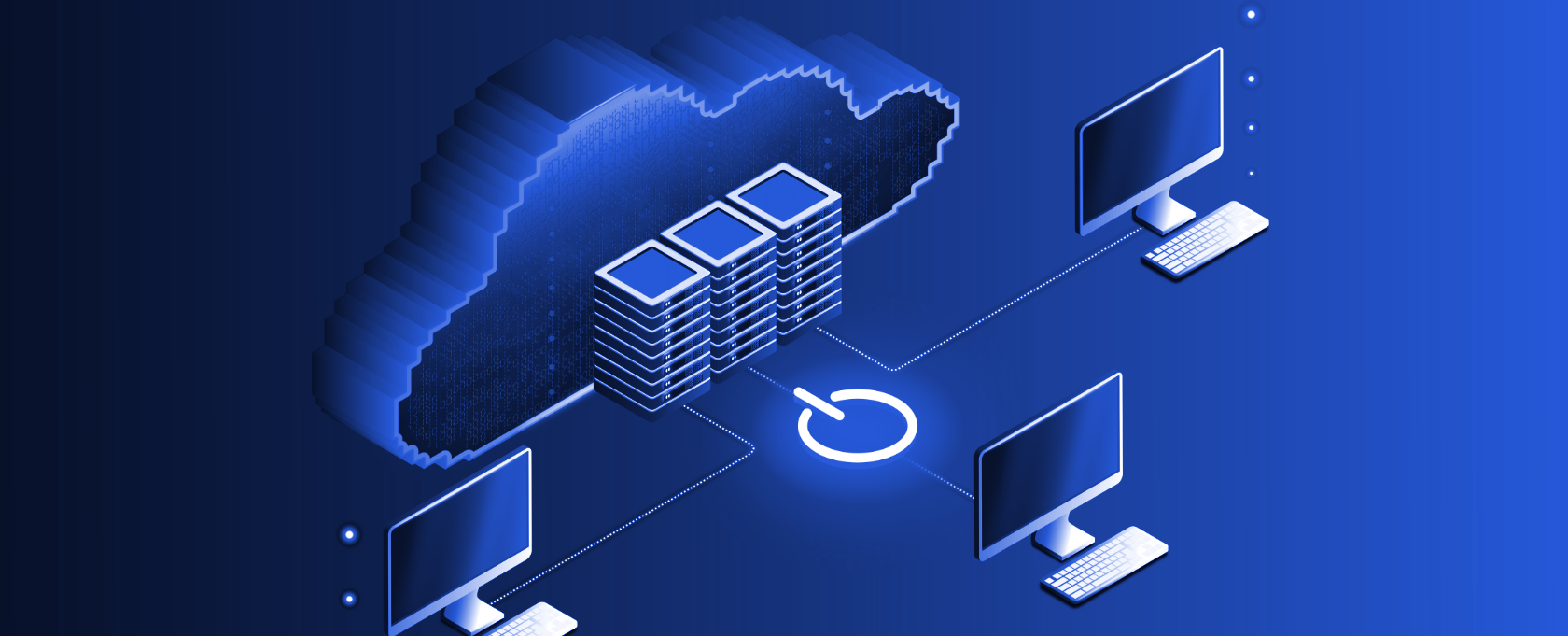As more and more organizations migrate their operations to the cloud, a critical need comes to the forefront: ensuring robust cloud security. This need is further amplified due to a perpetual rise in cyber threats and an increase in regulatory compliance mandates in recent times. Adequate cloud security is the only way to safeguard all your information assets, thereby maintaining uninterrupted business operations. In this essential guide, we will go through the key aspects of cloud security so that you can fortify your defenses and proactively counteract potential threats.
Understanding Cloud Security Fundamentals
Here are the four fundamentals of cloud security –
Visibility and Intelligence
You must establish visibility and intelligence across your cloud infrastructure. It is very important to gain real-time insights into the activities, configurations, and vulnerabilities in your cloud environment. This empowers you to proactively detect and respond to potential threats. You can use monitoring tools, intrusion detection systems, and security information and event management (SIEM) solutions to aggregate and analyze data and retrieve actionable insights.
Controlled user access
A cloud typically hosts a multitude of users and resources. This drastically improves the need for well-tuned access controls. You must implement a robust identity and access management (IAM) strategy. This will make sure that only authorized individuals can access specific resources and data in your cloud.
Application security
Applications are the lifeblood of any business operation. This makes it very important to secure them from unwanted threats and avoid interruptions to operations. Cloud-native applications are particularly more susceptible to threats. This is why you need to embrace a holistic application security approach. Secure coding practices, continuous vulnerability assessments, and web application firewalls (WAFs) are some of the ways to fortify your applications against potential attacks.
Data encryption
Data is the lifeblood of most businesses today, and encrypting it is a core fundamental of cloud security. You must practice advanced data encryption techniques to safeguard data at rest and in transit. The goal of encryption is to render your unreadable to unauthorized eyes. You can utilize encryption protocols like AES (Advanced Encryption Standard) and TLS (Transport Layer Security) to protect sensitive data from eavesdropping and unauthorized access.
Most Pressing Challenges in Cloud Security
Here are some pressing challenges in cloud security –
Misconfigurations due to a wide array of provider-specific configuration options. Organizations less familiar with cloud environments are going to mainly face this challenge as they might unintentionally misalign settings, inadvertently exposing cloud infrastructures to potential breaches.
Cloud migration can introduce a host of security complexities that can make your data vulnerable to exposure or leakage. For instance, mismanagement of IAM, which is quite common during cloud migration, could lead to security gaps, allowing unauthorized users or entities to access critical resources.
Lack of visibility of cloud usage will also be a major challenge. Whenever data is migrated to the cloud, some level of visibility is lost. This restricted visibility can serve as a catalyst for data breaches and loss.
Preventing companies from forcing legacy tools on top of their cloud infrastructure will be tough. As a result of this, your cloud environment will not be adequately secured and will remain at a high risk of compromise.
Best Practices for Cloud Security
Here are some cloud security best practices you can follow in your organization –
- Pick a reputable and trusted cloud service provider who offers strong security features and compliance certifications and has a strong track record of reliability.
- Create a strong key management strategy. It should ensure that your encryption keys are secure, rotated regularly, and accessible only to authorized personnel.
- Use strong authentication mechanisms such as Multi-factor authentication (MFA) and role-based access controls (RBAC) to ensure that users and applications have only the necessary access to resources.
- Keep all your cloud resources, including virtual machines and containers, up to date with the latest security patches. Outdated software is an important reason for many vulnerabilities.
- Implement continuous monitoring through Cloud Security Posture Management to detect any misconfigurations, vulnerabilities, or policy violations in real time.
- Regularly back up your data and have a comprehensive disaster recovery plan in place.
Cloud Security Success Story
BranchUp, a technology company specializing in marketing for travel agencies, had added a multitude of services and functionalities to their AWS cloud infrastructure. However, they never had the luxury of time to check whether the infrastructure was set up with the right security aspects.
Through meticulous planning and proactive communication, Blazeclan successfully guided BranchUp through the remediation process. The team implemented necessary security measures, fine-tuned configurations, and optimized cloud workloads to align with the AWS Well-architected Framework’s best practices.
The Future of Cloud Security
The future of cloud security looks promising as many new trends and technologies are emerging which are enhancing cloud security. AI and ML, in particular, are reshaping the way organizations protect their data, applications, and infrastructure.
For instance, AI and ML-based cloud security solutions are getting better and better at behavioral analysis. They are able to analyze user and system behavior to establish baselines and detect anomalies with greater accuracy than before. This proactive approach is going to help identify unknown threats with great certainty.
Similarly, UEBA (User and Entity Behavior Analytics) will gain further momentum in the coming days. To the contrary, UEBA solutions can identify unusual behaviors among users and entities within the cloud environment. This helps in detecting insider threats and unauthorized access.
Lastly, the concept of Zero Trust will become the mainstay of cloud security in the coming days. The traditional perimeter-based security model will no longer be sufficient for businesses, especially after the rise of remote work and the proliferation of endpoints. According to it, no entity, whether inside or outside the network, will be trusted by default. Every interaction and access request will be meticulously verified, regardless of the user’s location or the device being used.
Conclusion
As businesses harness the transformative potential of cloud computing, a strong commitment to different cloud security measures becomes non-negotiable. In this post, we have seen the fundamentals of cloud security and some of the best practices you can follow to ensure business continuity. For those seeking expert assistance to further enhance their cloud security strategy, partnering with trusted professionals like Blazeclan can help. With Blazeclan’s deep expertise and commitment to customer success, you can stride confidently into the future thanks to solid cloud security measures that safeguard your data and operations. Contact us to know more.


















